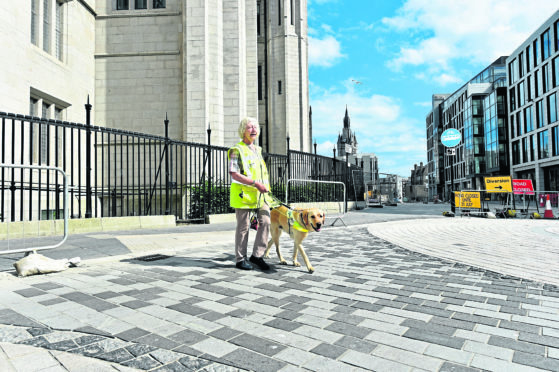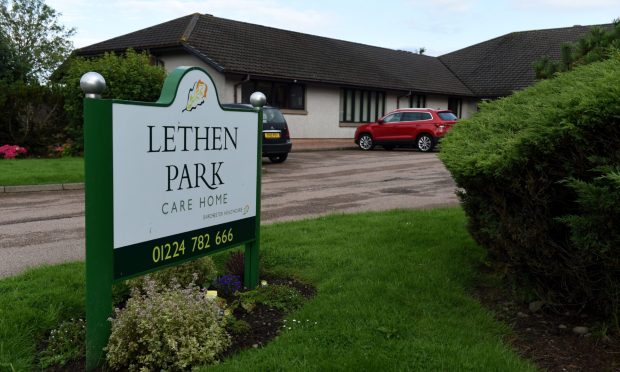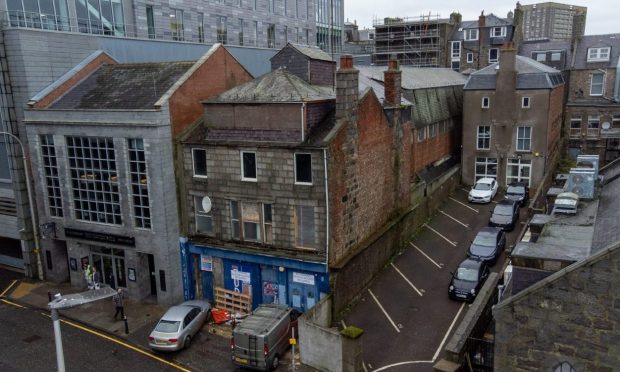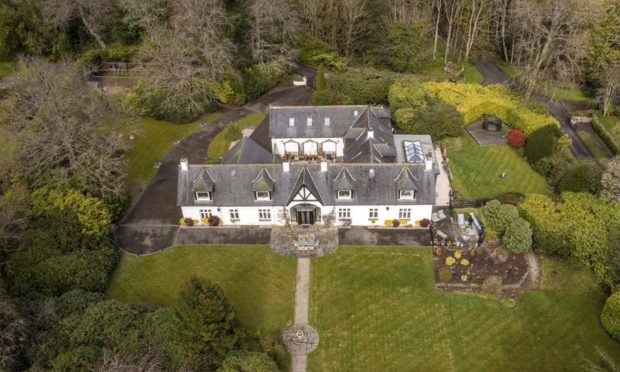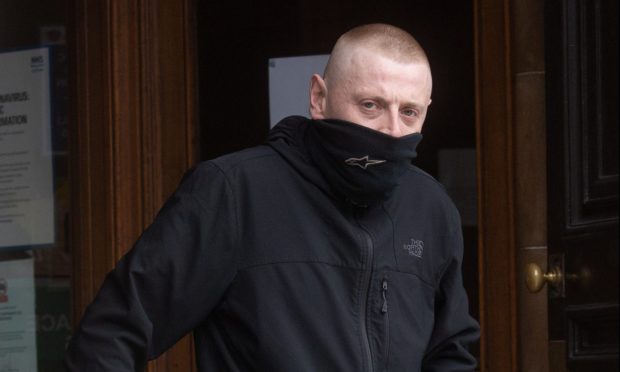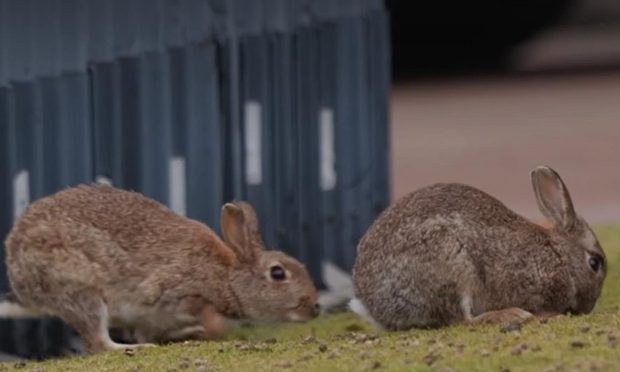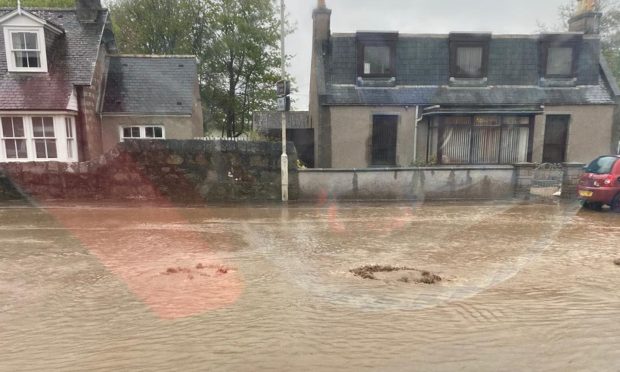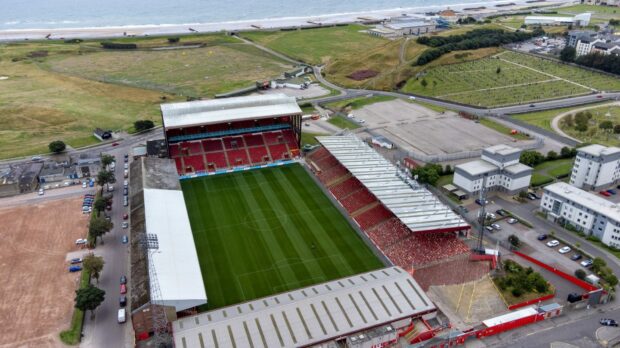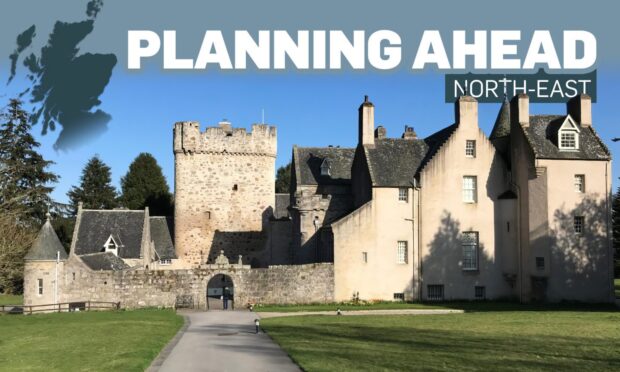Transport bosses have launched a review into part-pedestrianised schemes which could affect the future of the new £3.2million shared space project on Broad Street.
The Department for Transport’s “achieving equal access for disabled people” strategy recommends that all local authorities halt developments of the controversial areas.
Blind, partially sighted and other disabled people have strongly opposed the schemes which involve building roads and pavements at the same level.
They were created to make city centre areas more attractive but are claimed to be hazardous for less mobile people trying to cross the road.
The area on Broad Street is due to open to buses, bicycles and pedestrians on Wednesday.
Now concerns raised by the Royal National Institute of Blind People (RNIB) on the potential dangers of ‘shared space’ street design have prompted a UK Government rethink.
The charity now hopes the Scottish Government will also review its policy on shared spaces as a “matter of urgency”.
James Adams, director of RNIB Scotland, said: “People who use white canes, as well as guide-dog users, rely on kerbs to give them vital tactile cues for their safety.
“Where shared spaces already exist, people with sight loss have said they feel much less confident using them.
“We want to help decision-makers understand what it’s like for blind and partially sighted people trying to navigate the street environment. Introducing design features that end up creating no-go zones for residents and visitors with disabilities would be a major step backwards for our towns and cities.”
The Department for Transport said in its report that there were “mixed views” on the schemes with many people raising “significant concerns” about them.
The UK Government transport body is now considering recommendations and will carry out research before updating guidance in the autumn.
An Aberdeen City Council spokeswoman said the guidance would be taken on board.
She said: “We will include the RNIB’s views and any findings by the Department for Transport as part of a planned monitoring review of the project following its opening.
“Officers will report back to committee after six months. The design and build of the project followed best practice and government guidelines.
“We have sought the views of Disabled Equity Partnership for the scheme, and we will continue to engage with them during the review period to ensure their views are reported back to committee in due course.”
Councillor Jackie Dunbar, SNP group operations spokeswoman said: “We have raised concerns around the safety of the shared area at Upperkirkgate on a number of occasions.
“We now have a situation where Broad Street is meant to be opening and the public don’t think it is going to be safe.”
